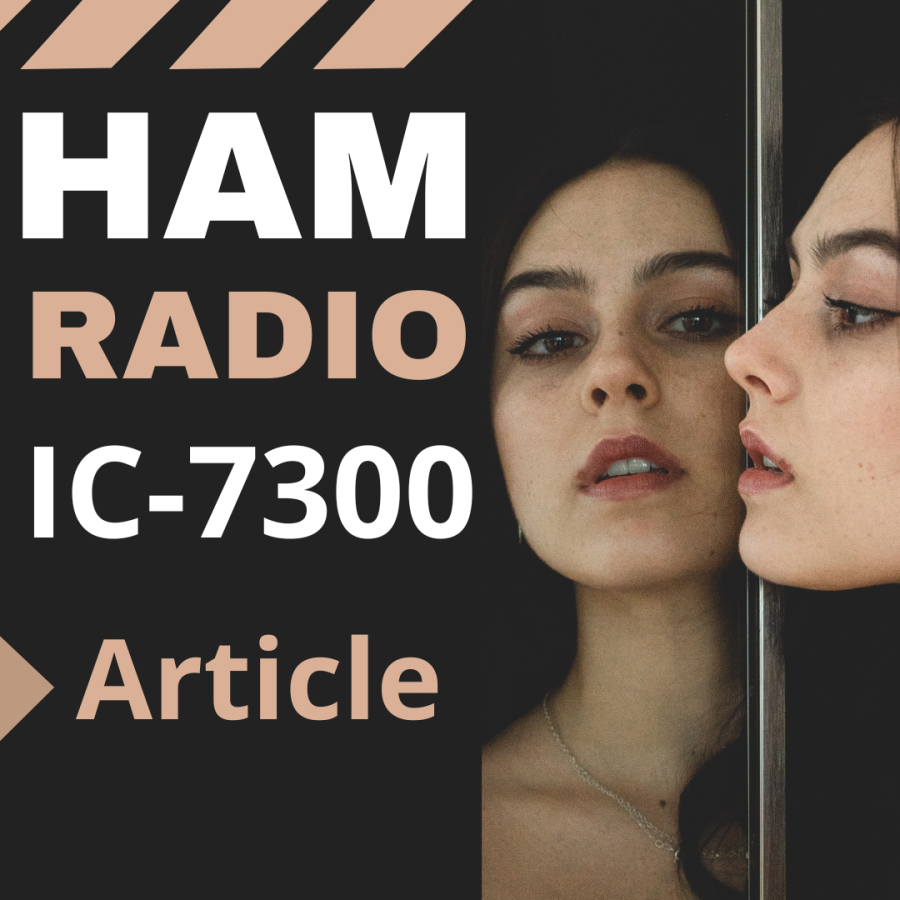
|
Stuart E. Green's Article
|
Antenna Feedlines
Antenna feedlines are an essential component of any ham radio station. The feedline connects the radio transmitter to the antenna, allowing radio waves to be transmitted and received over long distances. In this article, we'll explain what antenna feedlines are, how they work, and how to choose the right feedline for your radio station.
An antenna feedline is a cable that carries electrical energy from the radio transmitter to the antenna. The most common types of feedlines are coaxial cable, twin-lead or open-wire line, and ladder line. Each type of feedline has its own advantages and disadvantages, and the choice of feedline will depend on the frequency of operation, the length of the transmission line, and the power output of the radio transmitter.
Coaxial cable is the most popular type of feedline used in ham radio. It consists of a central conductor surrounded by a dielectric insulator, with an outer conductor that forms a shield around the central conductor. Coaxial cable is designed to carry high-frequency signals with minimal loss and interference. The most common types of coaxial cable used in ham radio are RG-58, RG-213, and LMR-400.
Twin-lead or open-wire line is a type of feedline that consists of two parallel wires separated by a dielectric material. Twin-lead is often used for low-power transmissions on frequencies below 30 MHz, as it can be difficult to match the impedance of the feedline to the transmitter and antenna at higher frequencies. Open-wire line is similar to twin-lead, but with wider spacing between the wires. It is often used for long-distance transmissions on frequencies below 30 MHz.
Ladder line is a type of feedline that consists of two parallel wires that are spaced apart by insulators. Ladder line is often used for multiband antennas, as it can handle a wide range of frequencies without significant losses. Ladder line is also very efficient, as it has a low loss and can handle high power output.
Choosing the right feedline for your radio station depends on a variety of factors, including the frequency of operation, the length of the transmission line, and the power output of the radio transmitter. Coaxial cable is the most popular choice for most ham radio operators, as it is easy to work with, provides good performance, and is widely available. Twin-lead and ladder line are more specialized feedlines that are often used for specific applications, such as low-power transmissions or multiband antennas.
An antenna feedline is a cable that carries electrical energy from the radio transmitter to the antenna. The most common types of feedlines are coaxial cable, twin-lead or open-wire line, and ladder line. Each type of feedline has its own advantages and disadvantages, and the choice of feedline will depend on the frequency of operation, the length of the transmission line, and the power output of the radio transmitter.
Coaxial cable is the most popular type of feedline used in ham radio. It consists of a central conductor surrounded by a dielectric insulator, with an outer conductor that forms a shield around the central conductor. Coaxial cable is designed to carry high-frequency signals with minimal loss and interference. The most common types of coaxial cable used in ham radio are RG-58, RG-213, and LMR-400.
Twin-lead or open-wire line is a type of feedline that consists of two parallel wires separated by a dielectric material. Twin-lead is often used for low-power transmissions on frequencies below 30 MHz, as it can be difficult to match the impedance of the feedline to the transmitter and antenna at higher frequencies. Open-wire line is similar to twin-lead, but with wider spacing between the wires. It is often used for long-distance transmissions on frequencies below 30 MHz.
Ladder line is a type of feedline that consists of two parallel wires that are spaced apart by insulators. Ladder line is often used for multiband antennas, as it can handle a wide range of frequencies without significant losses. Ladder line is also very efficient, as it has a low loss and can handle high power output.
Choosing the right feedline for your radio station depends on a variety of factors, including the frequency of operation, the length of the transmission line, and the power output of the radio transmitter. Coaxial cable is the most popular choice for most ham radio operators, as it is easy to work with, provides good performance, and is widely available. Twin-lead and ladder line are more specialized feedlines that are often used for specific applications, such as low-power transmissions or multiband antennas.

|
|
{{comment.user.my_callsign.toUpperCase()}} {{comment.message}}
|
You must be signed in to leave comments.. create your free account using your callsign



























